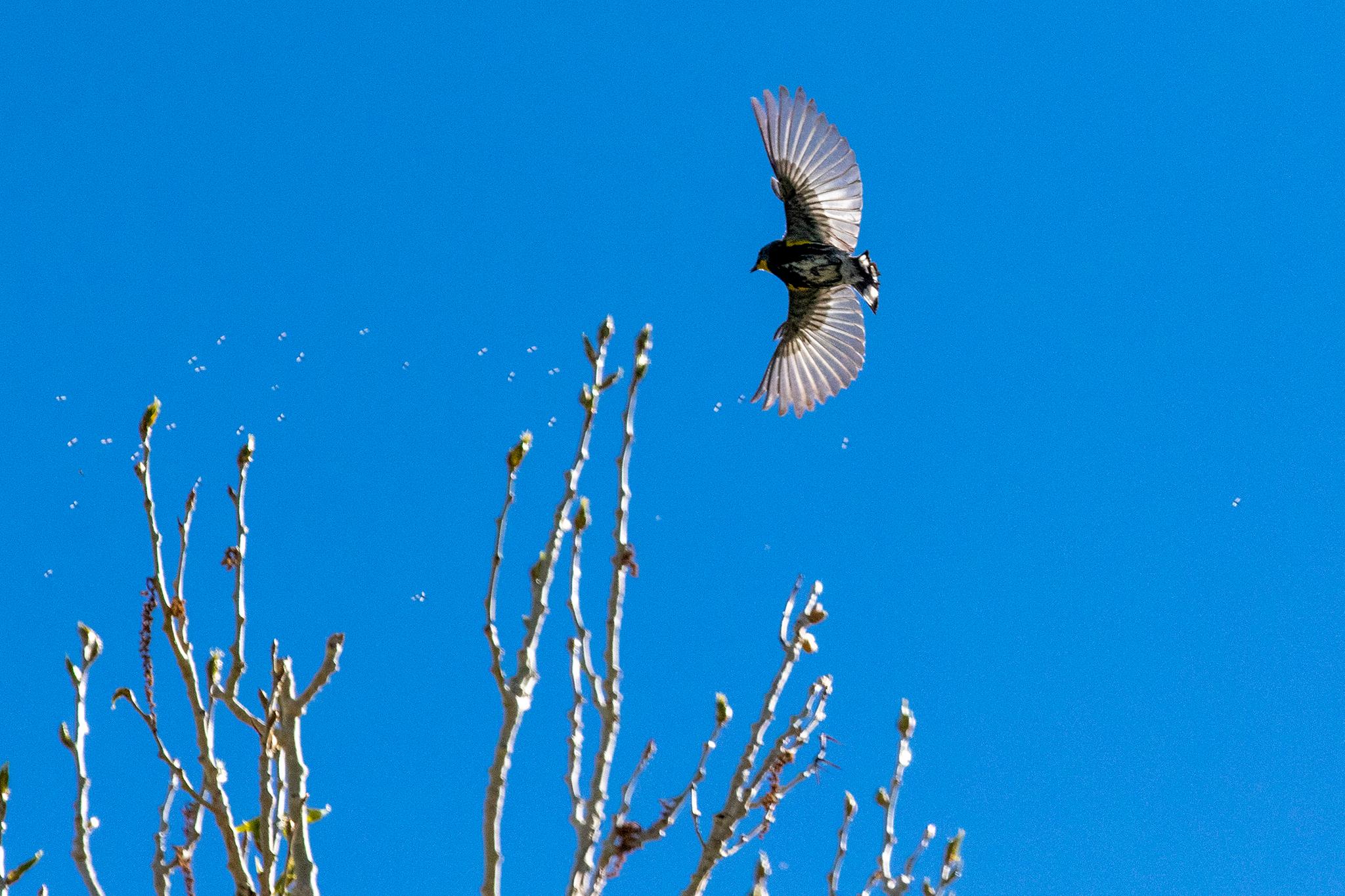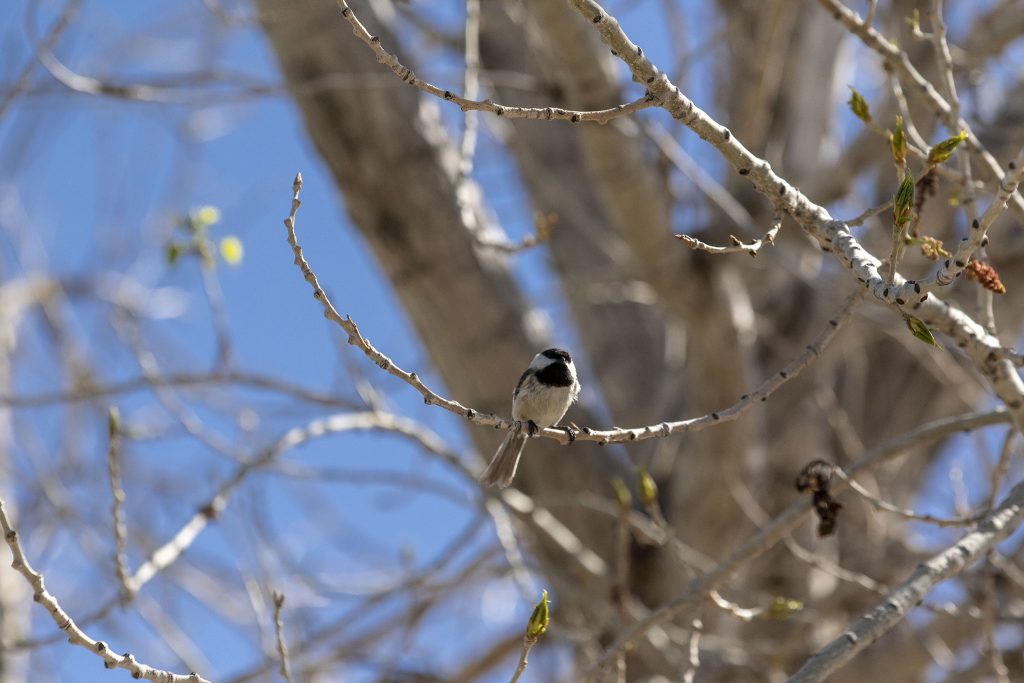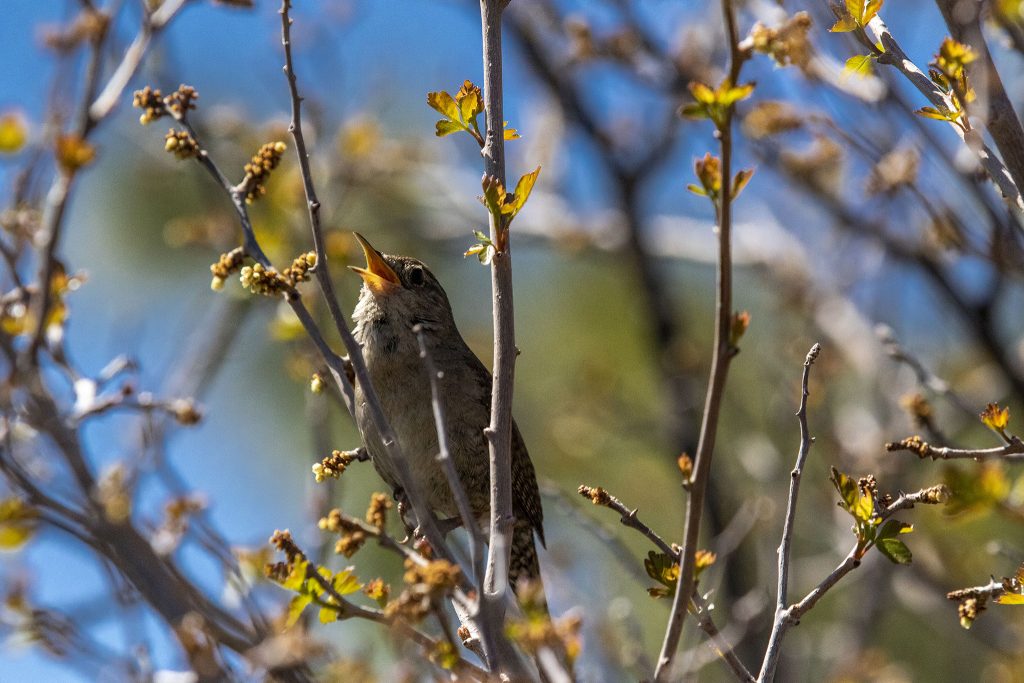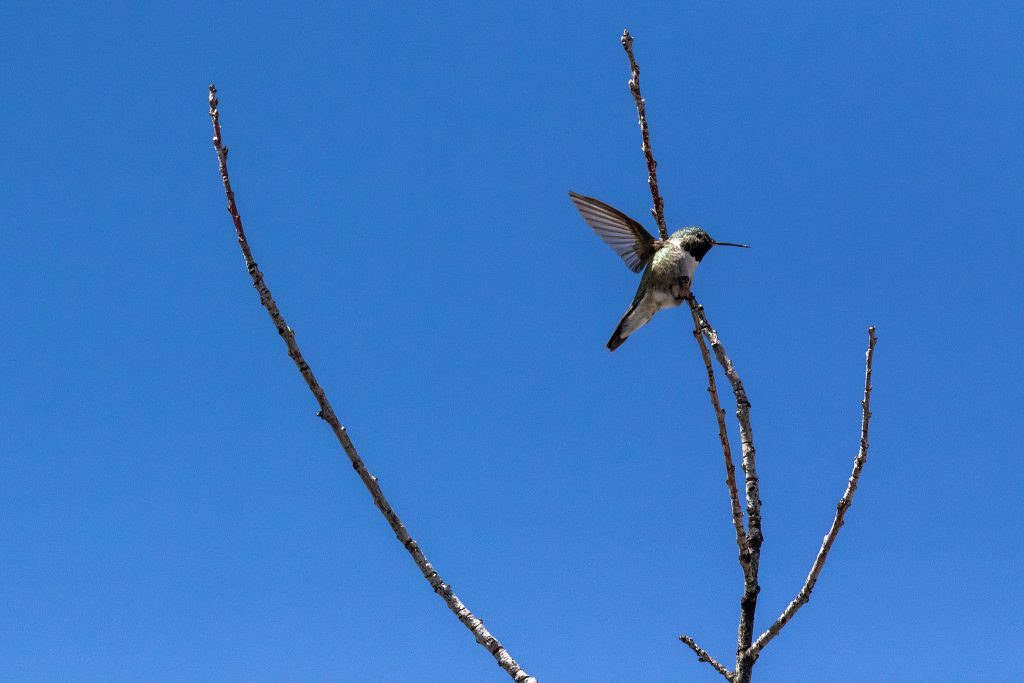
Around twelve million birds are expected to fly north and make their way across Colorado over the next few nights during the peak of spring migration. And despite any fears of flocks that Alfred Hitchcock may have instilled in you, they mean no harm.
“They’re coming into North America to breed,” Zach Hutchinson of Audubon Rockies said. “So it’s an annual cycle that’s part of maximizing their ability to survive and reproduce.”
In Colorado, we’re talking about Swainson's Thrushes, Bullock's Orioles, Western Tanagers, Yellow Warblers and many others that want to take advantage of the warmer, clearer weather. Most of them migrate at night, when conditions are calm, fewer predators are out and stars can help with navigation.
But their safe arrival isn’t guaranteed. Human behavior can hinder their journeys, pulling them off track or even contributing to collisions with buildings. One common hindrance is artificial light.

“When we have lights on at our business, at our houses, on our streets, that light escapes into the sky and creates ‘sky glow,’” Hutchinson said. “There’s a lot of research that shows ‘sky glow’ attracts and disorients birds. They need this energy to move on, and being disoriented and moving off course can harm them.”
Up to 1 billion birds die from building collisions in the United States each year, according to a 2014 study. A new effort called “Lights Out Colorado” is trying to prevent deaths and overexertion across the state.
“We’re asking folks to shut off lights, reduce light usage or add shielding [in] April and May in the spring, and August and September in the fall,” Hutchinson said.
That means turning off exterior lights that aren’t needed for safety, directing the light downward, or installing motion-sensing lights. It can also help the birds if people close blinds and curtains to keep interior light from leaking out, Hutchinson said.

Birds will fly over much of the state during this peak migration period. To try to observe some, head to a high, quiet location like the top of a parking garage or along a ridge.
“On a night with a bright moon, you can sometimes see the silhouettes of the flocks as they pass overhead. However, in a quiet space where you can get higher above the ground, you can often hear the flight calls... these little, single notes that sound very simple to us but are actually quite complex,” Hutchinson said. “Generally, getting away from cities is going to make it slightly easier.”
Audubon Rockies also plans to do a live stream on Facebook tonight to share more details about the spring migration forecast. Hutchinson hopes the outreach makes more people aware of the importance of getting these birds to where they’re going safely, he said.
“Not only are they a signal as to the health of our planet, they’re also a signal as to the health of us as people,” Hutchinson said. “But also birds serve ecological roles that are economically valuable, from seed dispersal to pest control. The role they play in contributing to our survival is probably underestimated.”









